Measurements and Laboratory Services
ERG’s NELAC-certified, state-of-the-art laboratory in Research Triangle Park, North Carolina, is a nationally recognized leader in ambient air monitoring, analyses, and data characterization. For almost 40 years, we have served as the lead support contractor for EPA’s National Monitoring Programs. Our air quality and mechanical engineers have designed and operated a wide variety of customized air monitoring networks on national, state, local, and tribal scales. Our analytical chemists perform both routine and highly complex analyses of environmental samples, specializing in measurements related to air emissions. Together, our engineers and chemists have extensive expertise developing, assessing, and optimizing methods for ambient, fugitive, area, and stationary source emissions measurements. We have developed many of the methods that now serve as the nationally accepted approaches to air toxics and ozone precursor sampling and analysis. We are also on the forefront of advancing client understanding and use of next generation emission measurement technology. ERG’s Measurements and Laboratory Services Group also provides a full suite of rapid response services—from program design to equipment deployment to training to risk assessment—to support air quality monitoring, measurement, and characterization during emergencies.
Routine and Non-Routine Analyses
- VOCs/air toxics—Compendium Method TO-15/TO-15A (NELAC-certified)
- SNMOCs/PAMS—ozone precursor methods
- SVOCs/PAHs—Compendium Method TO-13A (NELAC-certified)
- Aldehydes and ketones (carbonyl compounds)—Compendium Method TO-11A (NELAC-certified)
- Hexavalent chromium—ASTM D7614 (NELAC-certified)
- Trace metals—Compendium Method IO 3.5/EQL-0512-201/EQL-0512-202 (NELAC-certified)
- Methane
- Gravimetric
Air Monitoring Network Design and Operation
- Air monitoring program planning and operation
- Development and operation of specialized monitoring and measurement programs
- Custom target compound identification and quantification
- Custom data reports
- Comprehensive monitoring program reports
Methods Development, Evaluation, and Optimization
- Development of new monitoring/measurement methods
- Evaluation of next generation emission measurement technologies
- Evaluation of emerging and existing monitoring/measurement methods
- Optimization of existing monitoring/measurement methods
- Design and fabrication of specialized scientific equipment
- Method validation
Exposure Investigation
- Study design, planning, and implementation
- Real-time monitoring/measurements
- Integrated sample collection and analysis
- Health risk determinations and recommendations
Emergency Response
- Specialized sample collection and analytical support
- Rapid deployment and operation of specialized response equipment
- Training in the use of specialized response equipment
- Custom target compound identification and quantification
- Expedited data reporting
Data Characterization and Statistical Assessment
- Trends analysis
- Risk assessment and evaluation
- Back trajectory determination
- Emissions-based risk assessment: source, area, and mobile
- Central tendency and data distribution statistical analysis
- Pollution rose analysis: air pollutant sources or mobile sources signatures
- Wind rose development
- Geographic information systems (GIS) application
Projects

Laboratory Services Baseline Assessment and Gap Analysis
New Mexico Environment Department
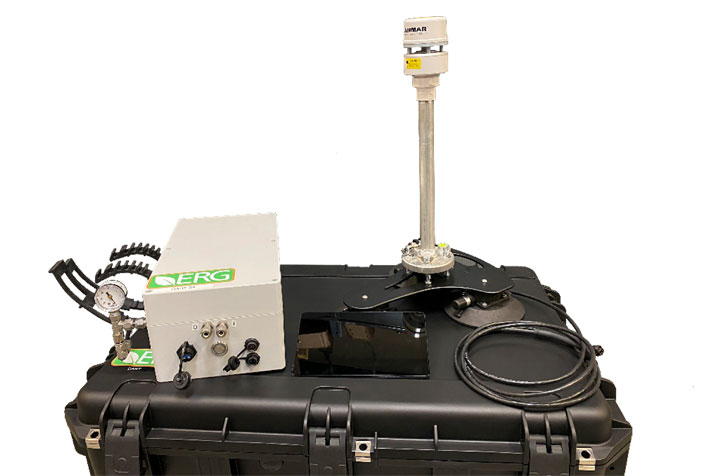
ERG-DART Innovative Mobile VOC Monitoring System
Developed by ERG for use on EPA and other client projects
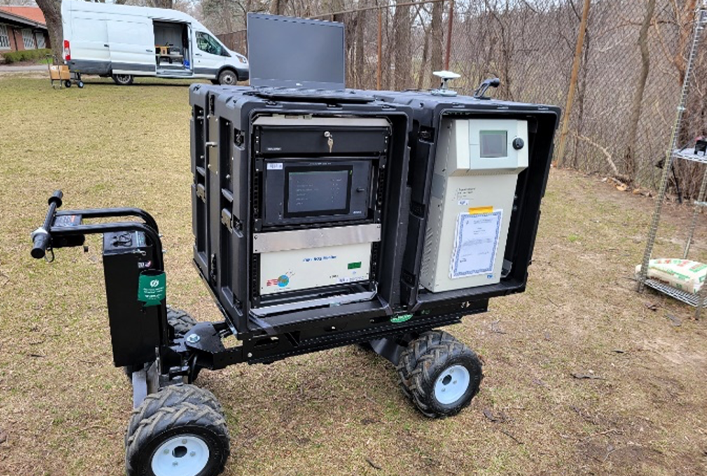
Developing Tools and Techniques to Evaluate Near-Road Air Pollution Impacts and Mitigation
U.S. Environmental Protection Agency

Supporting EPA’s Photochemical Air Monitoring Station (PAMS) Program
U.S. Environmental Protection Agency
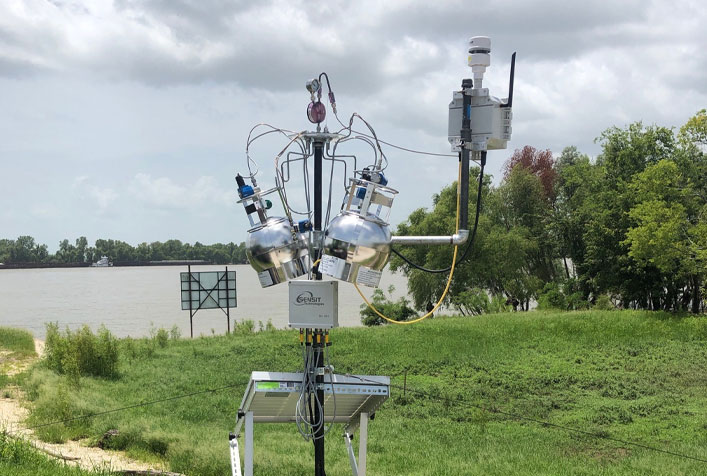
Support for EPA Investigation of a Clean Air Act Violation
U.S. Environmental Protection Agency
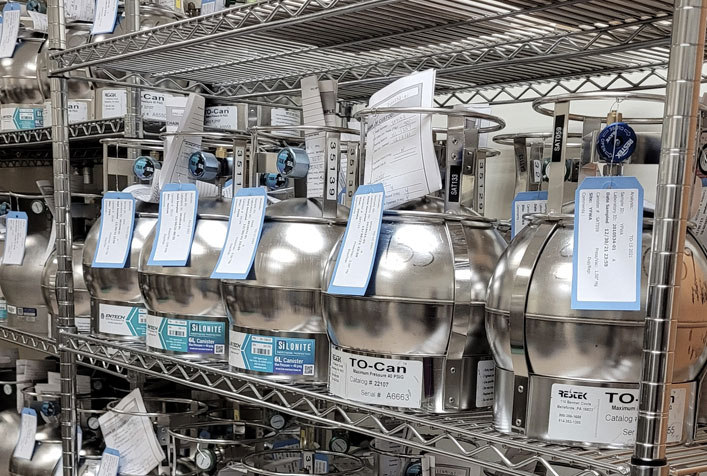
Analyzing Emerging Compounds: Ethylene Oxide
U.S. Environmental Protection Agency
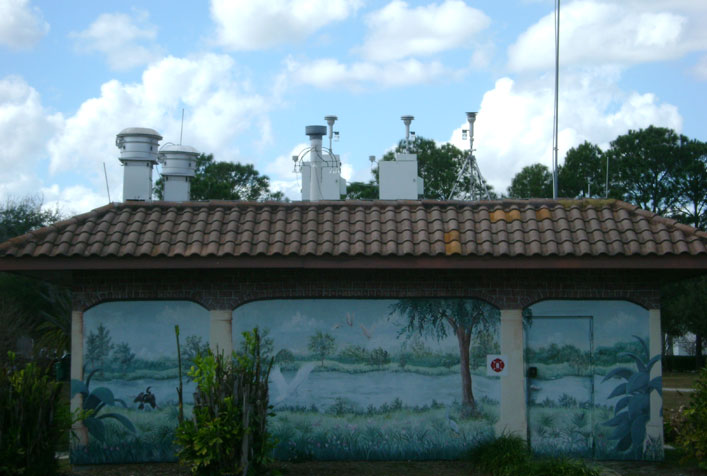
Collecting Air Toxics Data Nationwide
U.S. Environmental Protection Agency
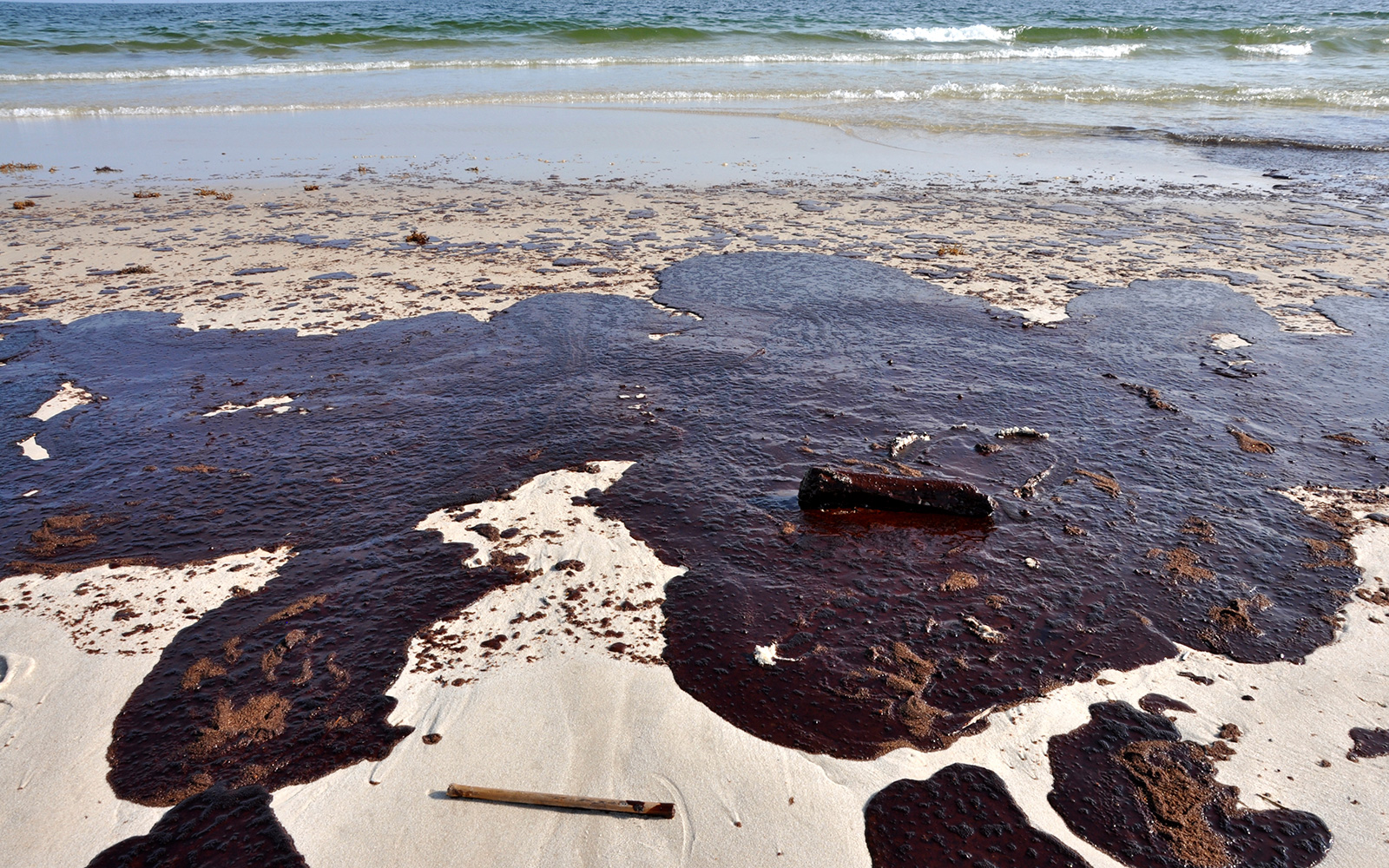
Gulf Oil Spill Emergency Response
U.S. Environmental Protection Agency
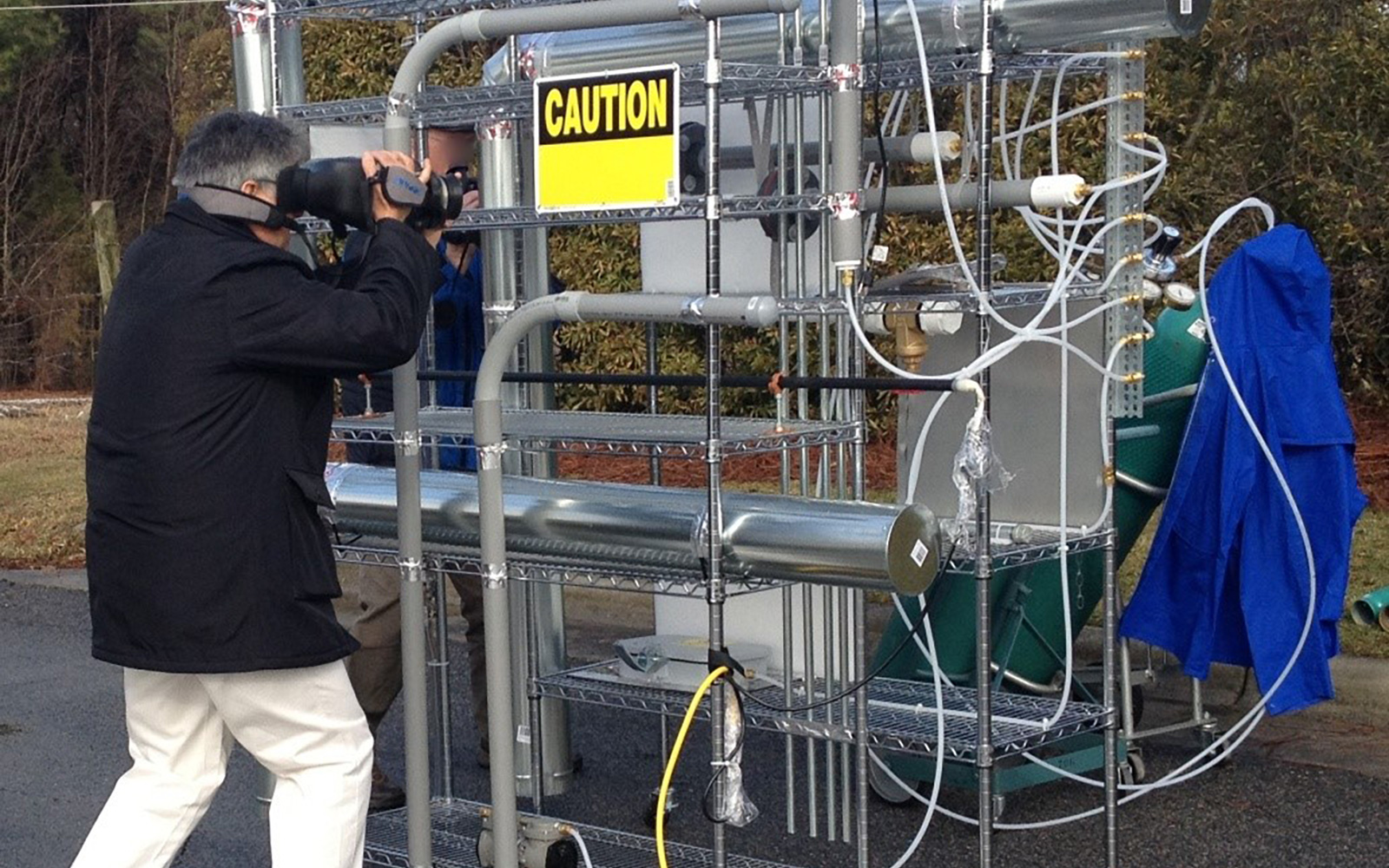
Developing Optical Gas Imaging Protocols
U.S. Environmental Protection Agency
Service Area Leads

I believe that advancing public health and environmental sustainability requires reducing pollution emissions and exposures to these emissions—through collaborative solutions that strengthen communities and the ecosystems we all depend on.

I always wanted to use my chemistry knowledge to help clean up our world and hope that, in some small way, I’ve been able to do that through my work at ERG.

Building meaningful relationships with clients, co-workers, stakeholders, and the community is key to the success of every project. Over my years of supporting the U.S. Environmental Protection Agency’s mission as a contractor, I have been fortunate to learn from some of the best and brightest researchers. I look forward to continuing to use my experience and engineering skills in developing innovative solutions to environmental problems in the United States and around the world.

Good science is the foundation for successful decision-making and policy development. As scientists, we stand on the shoulders of the giants who made discoveries before us. I may not be tall, but I do my best to stand up straight.

There are many things to consider when setting up a single sampling device or an entire monitoring network. Am I looking for the right compounds? Am I using the right equipment to provide the needed data? How can I ensure that the data collected are properly validated? Are there new technologies that could be employed? Essentially, I want to make sure our clients get the data that speak most effectively to their concerns.

Our clients use the data we produce to make important decisions affecting federal regulations, risk assessments, and implementation plans, so they need to be right. My job is to ensure that the data meet the quality objectives.